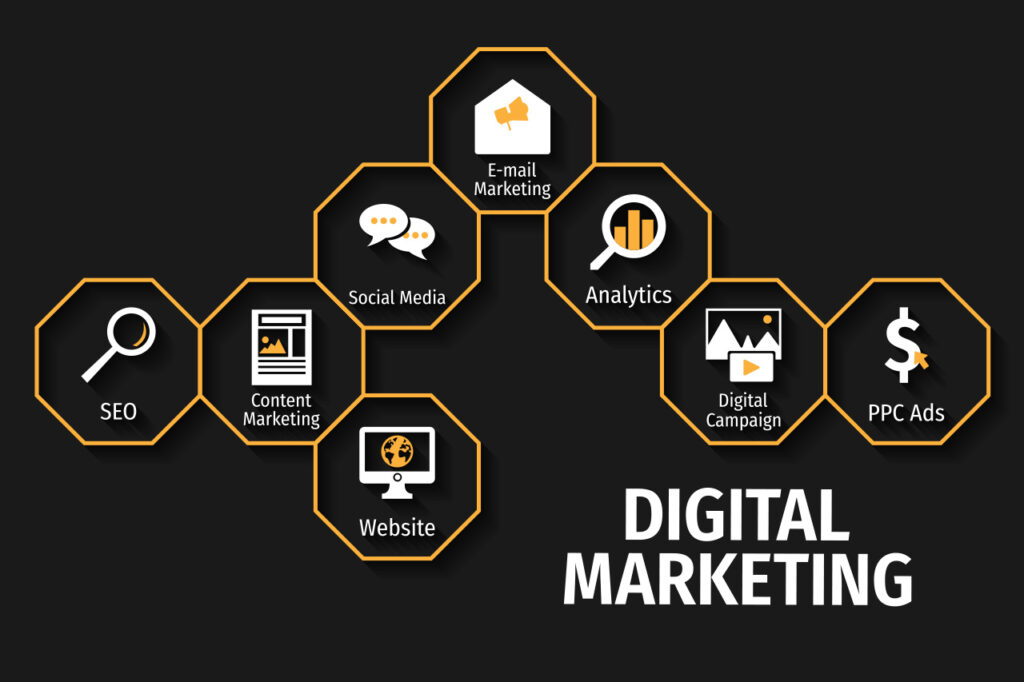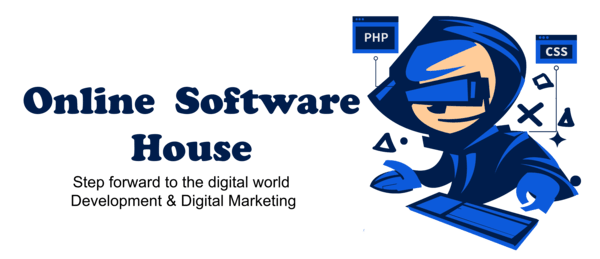In the fast-paced and technologically advanced world we live in, the automotive industry has witnessed a significant transformation in its marketing strategies. Gone are the days of relying solely on traditional advertising methods to reach potential customers. Today, a successful automotive business requires a well-thought-out and effective digital marketing strategy to stay ahead of the competition and thrive in the digital age.
Understanding Automotive Digital Marketing
Automotive digital marketing refers to the use of digital channels and platforms to promote and advertise automotive products and services. This includes websites, search engines, social media, email, and various other online marketing tools.
Importance in Today's Market
With the increasing number of consumers turning to the internet for research and purchases, having a strong online presence is paramount for automotive businesses. A well-executed digital marketing strategy can drive brand awareness, boost lead generation, and ultimately lead to increased sales and customer retention.
Key Elements of a Successful Automotive Digital Marketing Strategy

To craft an effective digital marketing strategy for an automotive business, several key elements come into play:
Responsive and User-Friendly Website
The foundation of any digital marketing campaign is a responsive and user-friendly website. It serves as the virtual showroom for the automotive brand, providing potential customers with information about products and services.
Search Engine Optimization (SEO)
SEO is essential for improving the website’s visibility on search engines. By optimizing content with relevant keywords and ensuring a seamless user experience, automotive businesses can attract more organic traffic.
Pay-Per-Click (PPC) Advertising
PPC advertising enables businesses to display targeted ads to potential customers. It offers a cost-effective way to reach a specific audience and can yield immediate results.
Content Marketing
Informative and engaging content can establish an automotive brand as an industry authority and build trust with customers. Content marketing can include blog posts, articles, videos, and infographics.
Social Media Marketing
Social media platforms provide an excellent opportunity to connect with the target audience, share engaging content, and build a loyal customer base.
Email Marketing
Email marketing remains a powerful tool for nurturing leads, promoting products, and driving repeat business.
Online Reputation Management
Maintaining a positive online reputation is crucial in the automotive industry. Responding to customer feedback and reviews promptly can enhance the brand’s credibility.
Analyzing Target Audience and Market Trends

Understanding the target audience’s preferences and behaviors is essential for creating tailored marketing campaigns. Identifying market trends can also give businesses a competitive advantage.
Customer Personas
Creating customer personas helps automotive businesses visualize their ideal customers and design marketing strategies that resonate with them.
Identifying Market Trends
Staying updated with the latest market trends and consumer preferences can help automotive businesses remain relevant and adapt their marketing strategies accordingly.
Setting Clear Goals and Objectives
To measure the success of a digital marketing strategy, clear goals and objectives should be established from the outset.
Brand Awareness
Increasing brand awareness is essential for new entrants in the market or those launching new products or services.
Lead Generation
Generating leads is crucial for building a customer base and converting prospects into customers.
Sales Conversion
Converting leads into paying customers is a key objective to drive revenue and business growth.
Customer Retention
Fostering customer loyalty is vital for long-term success and maximizing customer lifetime value.
Building a Strong Online Presence
Creating a compelling online presence helps automotive businesses stand out from their competitors.
Creating Engaging Content
High-quality and informative content captivates the audience and encourages them to explore further.
Utilizing Visuals and Multimedia
Incorporating visuals, such as images and videos, enhances the user experience and makes the content more shareable.
Leveraging Influencers and Partnerships
Collaborating with influencers and forming strategic partnerships can expand the reach of an automotive brand.
Implementing Data-Driven Strategies

Data-driven marketing allows automotive businesses to make informed decisions and optimize their campaigns.
Utilizing Analytics Tools
Using analytics tools provides valuable insights into customer behavior and the effectiveness of marketing efforts.
Measuring Key Performance Indicators (KPIs)
Monitoring KPIs enables businesses to track progress toward their goals and make data-backed adjustments.
Adjusting and Optimizing Strategies
Continuously adapting marketing strategies based on data analysis ensures efficiency and effectiveness.
Integrating Traditional and Digital Marketing Channels
Integrating both traditional and digital marketing channels creates a cohesive brand message and widens the reach.
Connecting Online and Offline Efforts
Linking digital marketing efforts with offline promotions enhances brand consistency.
Leveraging Traditional Advertising Methods
Traditional advertising, such as radio and print, can complement digital strategies and reach diverse audiences.
Final Thoughts
A robust automotive digital marketing strategy is a fundamental pillar for success in today’s digital age. By focusing on key elements such as a user-friendly website, SEO, content marketing, social media engagement, and data-driven decision-making, automotive businesses can drive brand awareness, generate leads, and increase sales. Embracing emerging technologies and addressing challenges head-on will position automotive brands at the forefront of the industry.













